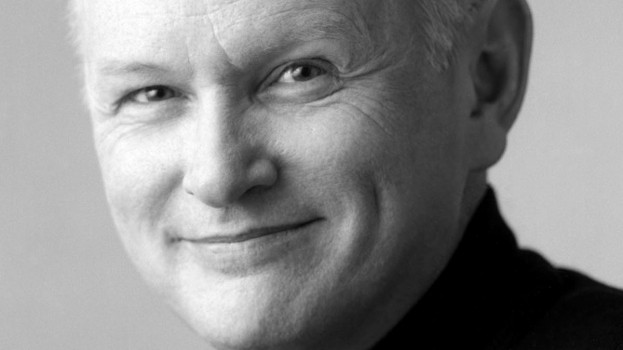By Will Novosedlik
Recently, I tweeted a comment about a cable TV show I had watched. I can’t remember what the comment was, but I remember the response: “You still have cable?”
My 22-year-old daughter, who now lives on her own, has done the same thing with TV as she has with the landline: she’s cut the cord and watches the content on her laptop, phone and tablet, depending on where she is and what device she’s packing. I suspect much of her cohort behaves the same way. They’re walking proof of Jason Kilar, CEO of Hulu’s recent statement: “The future of television is all about people getting what they want, when they want, and how they want it.”
While most broadcast or media execs believe that cord-cutting is not likely to happen on a mass scale, few would disagree with Kilar’s observations. Most are scrambling to figure out how to move TV onto the web and it’s become a messy playing field.
As blogger Stacey Higginbotham of GigaOM.com recently described it, “On one hand, we have the broadcast industry and the ISPs, which also own broadband and in many cases pay TV [and in Canada, you can throw telcos in, too]. On the other hand, [there are] the startups and online behemoths that want to deliver TV to the consumer when and where they want using a variety of business models. In the middle are content creators trying to walk the line between finding an audience today and finding one tomorrow. And consumers just want to pay for what they want, when they want it without spending money on superfluous channels or content.”
Who comes out on top, if anyone, will be the subject of much regulatory hand-wringing. As Higginbotham goes on to say, it depends on who can deliver it (the pipes), how it’s delivered (pay TV, YouTube channels, Netflix), where the value is and who gets to charge for it. The fight will now be about who holds the power in terms of relationships with consumers and content companies.
What about the consumer? In a multi-screen universe where content is king, both content companies and delivery companies need to design for all screens. In a recent column, social media guru Brian Solis pointed out, “It takes [careful consideration of] the architecture of experiences required to engage, enchant and multiply users across multiple screens. It will demand innovation and a vision for more meaningful entertainment and engagement, to inspire new programming and revenue opportunities.”
Advertisers will need to do the same. And of course, to some extent they already have. The Old Spice campaigns proved the story doesn’t need to end at the 30-second mark. The challenge is to have a story so compelling that consumers will want to keep it alive across online, broadcast and social channels.
Ironically, that requires moving the focus away from technology and to the field of relationships and customer experience. Which moves us to the field of branding. What can broadcasters do to keep their brands alive in the midst of this increasing fragmentation of channels and platforms? When I’m tweeting about a program, how will I remember what channel I was on once it’s been reduced to a tinyURL? Will I care where the content originated when I post a YouTube segment of network programming on my Facebook page?
Though the content and experience are intertwined, content is still the focus. It’s what should make you remember the channel you’re using to access it. As a counterpoint to my friend who questioned our continued use of cable services, I would say that because their diverse programming offers so much variety, cable channels have, for the most part, done an excellent job of branding themselves. They offer specialized content to suit almost every taste and interest, and are able to build focused brands around that. Being associated with that kind of focused content will be even more crucial as the experience moves across multiple screens and becomes more social.
In a content-driven universe, the larger traditional broadcasters and media companies have a bigger branding challenge. Their own content is so diverse that it’s difficult to feel any real emotional connection to them. The programming itself lives in your mind on its own.
Do I say “turn on CBC” or “turn on the hockey game?” Am I watching Breakfast Television on Citytv or CTV? Their house-of-brands structure may require more of a Procter & Gamble approach to brand management. The fewer the layers of branding between the viewer/user, the better your chances of being remembered.
Will Novosedlik is VP brand and design thinking at Idea Couture.
























